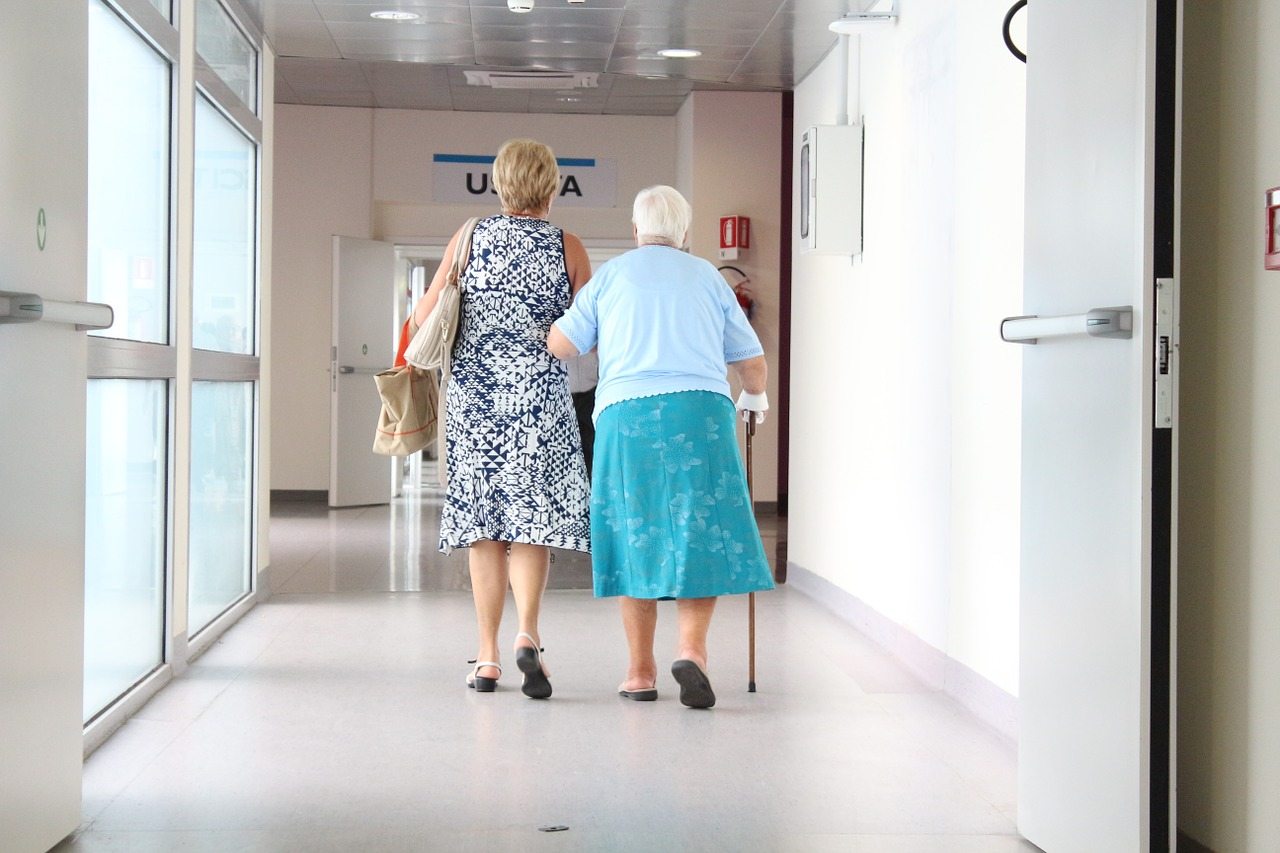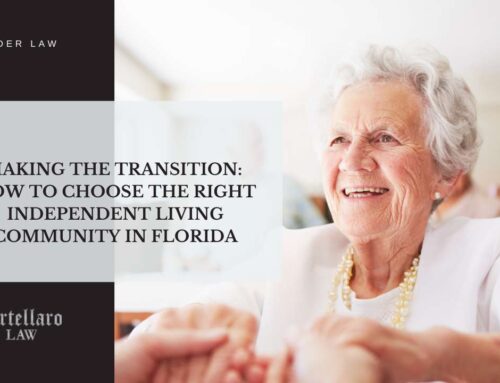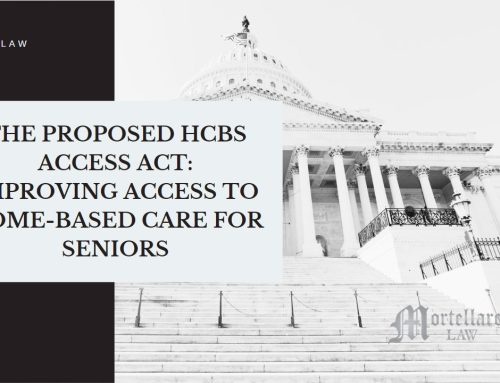Elder Law Attorney | Let’s say you have an elder family member with health issues. As you begin to examine how to care for this person in the future, one of the considerations is bound to be cost. To get financial assistance through government programs such as Medicaid, you’ll need to understand the types of elder care and levels of care.
Generally speaking, the level of care is determined from a physician’s evaluation and other factors related to the person’s residence and condition. Here is a quick look at types of elder care:
Custodial Care and Skilled Nursing Care
Custodial care is high-level tier of care in which a person requires non-skilled help with the activities of daily living. Activities of daily living (ADLs) as set forth in government programs include assistance with walking, bathing, dressing, toileting, eating and transferring (going from one position to another). These services can be provided in a home, assisted living facility, nursing home or adult day care facility. For example, a daughter regularly helping Mom with toileting and bathing at home is a type of custodial care.
Skilled nursing care is another high-level type of care, but one in which the assistant must be a trained or licensed medical professional. As a result, skilled care is considerably more expensive.
Assisted Living Care and Memory Care
These two types of care are similar but have an important distinction. An assisted living facility provides care assistance that may include ADLs and IADLs (Instrumental Activities of Daily Living, such as help with medications). These facilities are staffed 24 hours a day every day to provide this care. A memory care facility will do the same, except that the residents have Alzheimer’s Disease or a form of dementia. These facilities have a higher level of security to prevent wandering, and the cost is higher.
Home Care and Home Health Care
In both of these types of care, the senior lives at home in a private residence. In home care, the assistant provides custodial care, like in our daughter-mother example above. The daughter may also provide help with errands, grocery shopping, buying clothes, cooking, housekeeping and transportation to medical appointments.
In home health care, the assistant has medical training and may operate medical equipment or check the senior’s vital signs. Again, this is considered a higher level of care that comes with an increased cost.
Palliative Care and Hospice Care
These closely resemble each other in that the goal is not medical care but to relieve pain. Hospice care is for those who have only months or weeks to live.
For more information on Elder Care, Contact Mortellaro Law by filling out one of contact forms, or calling us at 813-551-0967





